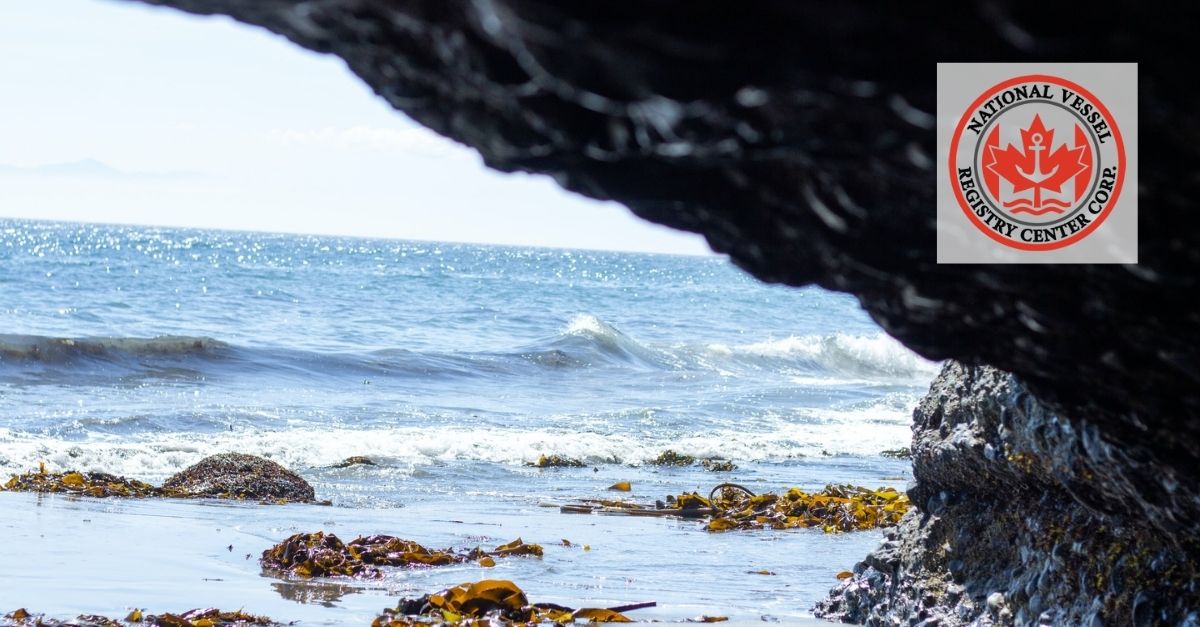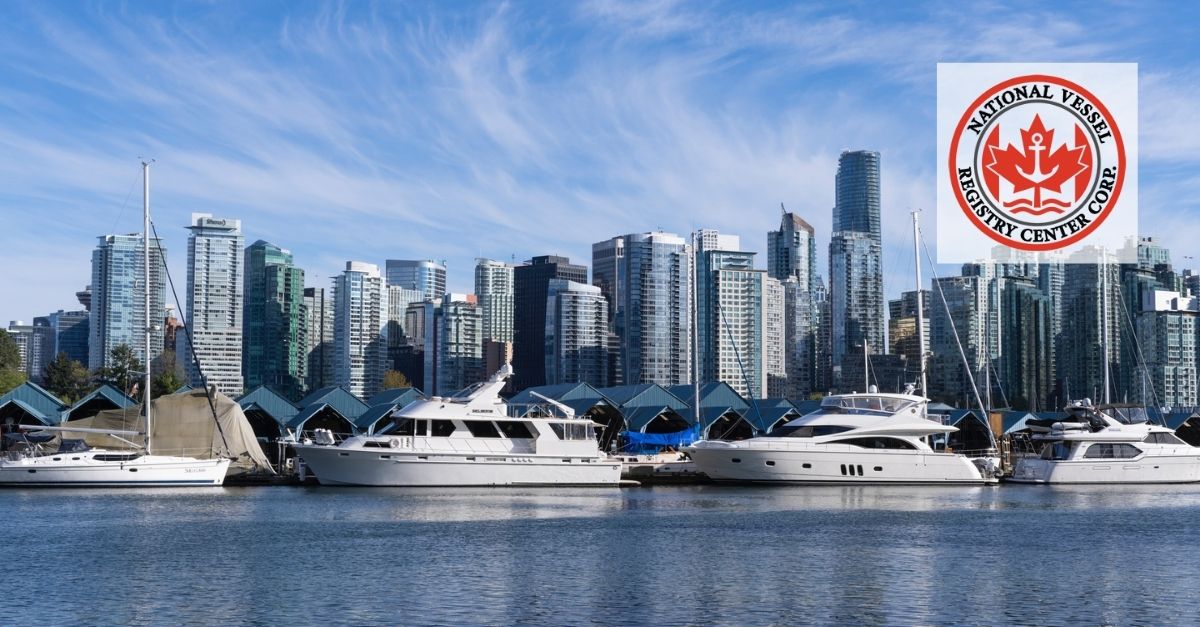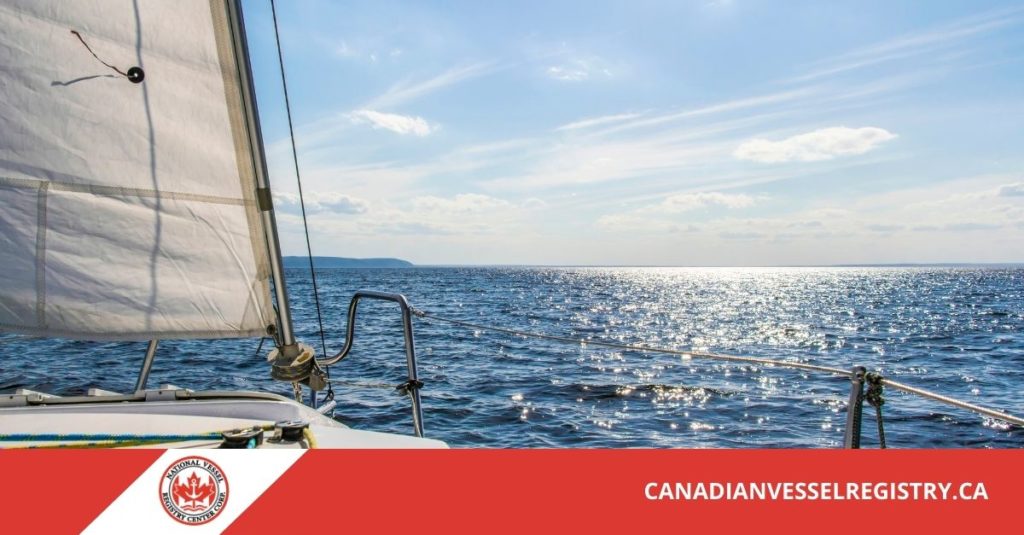You can determine whether your vessel measures five net tons by looking at its volume, not its weight. A vessel’s tonnage, in this context, refers to its internal capacity rather than how heavy it is. Typically, vessels that are around 8 meters (about 26 feet) or longer will measure at least five net tons. This threshold matters because it determines eligibility for entry into the Canadian ship registry. If your vessel meets or exceeds five net tons and is owned by a qualified individual or entity, you may be required—or in some cases, allowed—to register it under the Canadian flag.

At the Canadian Vessel Registry, we assist with this process by guiding vessel owners through all the steps needed to confirm eligibility, including whether your vessel meets the net tonnage requirement. Whether you’re registering a commercial boat, a pleasure craft by choice, or a government-owned vessel, our online tools simplify everything you need to determine if you qualify for registration under the Canadian ship registry.
What Does “Five Net Tons” Mean?
In maritime terms, “net tonnage” is a measurement of a vessel’s internal volume. It does not refer to weight or displacement. Specifically, it’s a calculation used to evaluate how much usable space is inside a vessel. The five-net-ton threshold is a standard used across Canadian maritime regulations to determine whether or not a vessel can or must be registered.
If your vessel has a cargo-carrying capacity or internal volume that equals or exceeds five net tons, then it may fall under mandatory registration rules or qualify for voluntary registration. For vessel owners considering commercial use or international travel, this measurement is one of the first things to confirm.
How We Help You Determine Your Vessel’s Tonnage
Most boat owners aren’t equipped to calculate tonnage themselves. That’s why we provide a simple, efficient way to determine if your vessel qualifies for registration based on its internal volume. Through our online platform, we can connect you with tonnage measurement guidance or refer you to a marine surveyor when needed.
In general, the following types of vessels typically measure five net tons or more:
- Commercial fishing boats
- Larger yachts or cruisers
- Tugs or towboats
- Workboats and ferries
- Government-operated vessels
- Pleasure craft over 8 meters in length (depending on construction)
When you start the registration process through our site, we provide access to forms and resources that factor in tonnage eligibility. If your vessel is close to the five-net-ton threshold, our service will help ensure that your measurements are correctly documented to meet the requirements of the Canadian ship registry.
Why Five Net Tons Matters for the Canadian Ship Registry
The Canadian ship registry is the official national database for vessels that meet certain criteria, including size and use. Registering a vessel with the Canadian ship registry provides benefits such as the legal right to fly the Canadian flag, proof of ownership, and easier access to financing, resale, or international port entry.
Only vessels measuring at least five net tons are eligible for this registry. This makes the measurement a gateway requirement—if your vessel doesn’t meet the net tonnage requirement, it won’t qualify for entry, regardless of its use or ownership.
Additionally, vessel owners who operate their boats for commercial purposes are typically required to register them, provided they meet the tonnage threshold. The same is true for government vessels or those seeking a reserved name.
If you’re unsure how your boat fits into this category, we can walk you through the process step-by-step. Our platform is designed to give you everything you need to ensure that your registration aligns with federal regulations, including those found here: SOR/2007-126.
The Connection Between First-Time Registration and Vessel Size
If you’re registering your vessel for the first time, knowing whether it qualifies under the five-net-ton rule is essential. Our online system makes the first-time registration process easier by providing all the correct forms in one place, customized for your vessel’s category.
For first-time applicants, you’ll typically need:
- Proof of ownership
- Details about the vessel’s length, width, and depth
- Engine specifications
- Measurement documentation (if required)
- A completed application form for the appropriate registration type
If you’re unsure whether your vessel measures five net tons or more, our site helps streamline the gathering of this information. You don’t need to guess—we provide clear next steps for getting the proper calculations or assessments completed.

When Tonnage Measurement Needs Professional Confirmation
In some cases, especially for vessels right near the eligibility threshold, professional confirmation of tonnage may be required. This involves hiring a marine surveyor or tonnage measurer who can provide an official report. We can assist by helping you locate a qualified professional and preparing your application so that once you have the tonnage certificate, everything else is ready to submit.
Not every vessel owner needs a professional surveyor. If your vessel is clearly longer than 8 meters and of a typical design for commercial or government use, it likely exceeds five net tons. But if your vessel is unusually constructed or under the threshold, you’ll want the extra assurance before proceeding with registration.
Other Indicators That Your Vessel May Be Eligible
Length alone isn’t the only factor. Vessel construction, beam (width), depth, and hull shape can all affect internal volume. In some cases, a shorter vessel with a wide or deep build can still meet the five-net-ton measurement. That’s why it’s helpful to look at similar vessels or types already in the registry to compare.
We maintain a support system for those who need help interpreting these comparisons. When you apply through us, our team can advise you based on vessel type, usage, and manufacturer specs to help ensure accuracy. Our forms are structured to prompt for the right information so that no detail is missed.
Streamlining Your Entry Into the Canadian Ship Registry
Once you’ve confirmed that your vessel meets the five-net-ton requirement, our team helps you move directly into the registration process. Our online tools make it possible to:
- Apply for first-time registration
- Renew or update existing registration
- Request a name reservation
- Replace a lost or damaged certificate
- Change ownership or transfer registry data
Because the Canadian ship registry requires precise, compliant documentation, every step we provide is designed to prevent delays. All submissions are reviewed before delivery to ensure they are complete and meet regulatory standards.
Whether you’re managing one vessel or several, we can help streamline each case so that your focus remains on operations, not paperwork.
How the Five-Net-Ton Rule Impacts Commercial Use
For commercial vessel owners, the five-net-ton rule is especially significant. If your vessel qualifies and is being used for business purposes, registration isn’t just an option—it’s often mandatory. That applies to fishing charters, cargo carriers, workboats, and other watercraft offering services or transport.
Commercial vessels over five net tons must appear in the Canadian ship registry in most cases. We help ensure that your application reflects your commercial intent and that supporting documents are correctly formatted. When speed and precision matter, we’re equipped to keep your registration moving.
Let Us Help You Navigate the Canadian Ship Registry Process
Navigating maritime regulations can feel overwhelming, but we’re here to take the guesswork out of the process. From determining whether your vessel measures five net tons to registering it under the Canadian ship registry, our online portal provides a complete set of tools and support.
You don’t need to interpret measurement formulas or cross-reference government regulations on your own. Our site simplifies the entire journey—from measurement verification to form submission—so you can operate your vessel with confidence.
If you’re ready to determine your vessel’s eligibility or start the registration process, begin by completing our streamlined forms. Our team is available to answer questions, assist with documentation, and help ensure your application is accepted without unnecessary delays.

